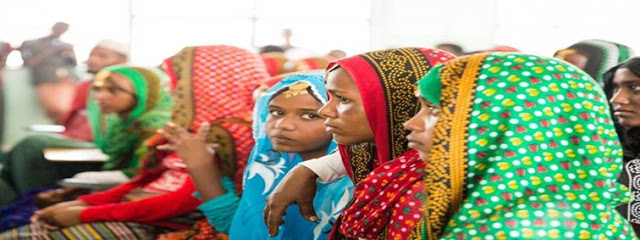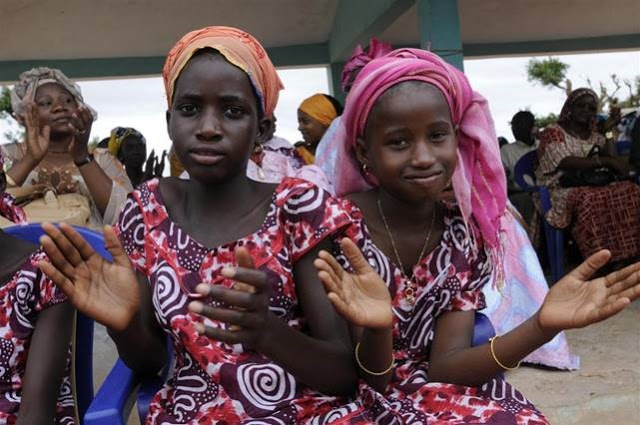Female genital mutilation is an internationally recognized human rights violation
By Unicef,
4 February 2021. Female genital mutilation (FGM) refers to all procedures
involving partial or total removal of the female external genitalia or other
injury to the female genital organs for non-medical reasons.

Despite being internationally recognized as a human
rights violation, FGM has been performed on at least 200 million girls and
women in 31 countries across three continents, with more than half of those cut
living in Egypt, Ethiopia and Indonesia.
Each year, over 4 million girls are at risk of
undergoing FGM. Most girls are cut before the age of 15.
Numerous factors contribute to the prevalence of the
practice. Yet in every society in which it occurs, FGM is a manifestation of
entrenched gender inequality.
Some communities endorse it as a means of controlling girls’ sexuality
or safeguarding their chastity. Others force girls to undergo FGM as a
prerequisite for marriage or inheritance. Where the practice is most prevalent,
societies often see it as a rite of passage for girls. FGM is not endorsed by
Islam or Christianity, but religious narratives are commonly deployed to
justify it.
Because FGM is a cultural practice, parents may find
it difficult to decide against having their daughters cut for fear that their
families will be ostracized or their girls deemed ineligible for marriage.
Yet FGM can lead to serious health complications and
even death. Immediate risks include hemorrhage, shock, infection, urine
retention and severe pain. Girls subjected to FGM are also at increased risk of
becoming child brides and dropping out of school, threatening their ability to
build a better future for themselves and their communities. Indeed, of the
31 FGM-affected countries for which data are available, 22 are among the
least developed in the world.
Today, an alarming trend in some countries is the medicalization of FGM,
in which the procedure is carried out by a health-care provider.
Approximately one in four FGM survivors – some 52
million women and girls worldwide – were cut by health personnel. Medicalization
not only violates medical ethics, it also risks legitimizing the practice and
giving the impression it is without health consequences. No matter where or by
whom it is performed, FGM is never safe.
Global efforts have accelerated progress being made to
eliminate FGM. Today, a girl is about one third less likely to be cut than she
was 30 years ago.
Still, sustaining these achievements in the face of
population growth presents a considerable challenge. By 2030, more than one in
three girls worldwide will be born in the 31 countries where FGM is most
prevalent, putting 68 million girls – some as young as infants – at risk
of being cut.
If global efforts are not significantly scaled up, the number of girls
and women undergoing FGM will be higher in 2030 than it is today.

UNICEF/UNI63113/Furrer Two girls in the village of Malicounda Bambara,
Senegal, celebrate the abandonment of FGM in several nearby villages.
UNICEF supports the development of policies and laws
focusing on ending and outlawing FGM, and works to ensure their implementation
and enforcement. We also help to provide girls at risk of FGM, as well as FGM
survivors, with access to suitable care, while mobilizing communities to
transform the social norms that uphold the practice.
Since 2008, UNICEF has worked in partnership
with UNFPA on the Joint Programme on Eliminating Female Genital Mutilation:
Accelerating Change. Drawing on history and best practices, the
Joint Programme builds on resolutions from the UN General Assembly and the
Human Rights Council to galvanize global momentum to eliminate FGM by 2030.


